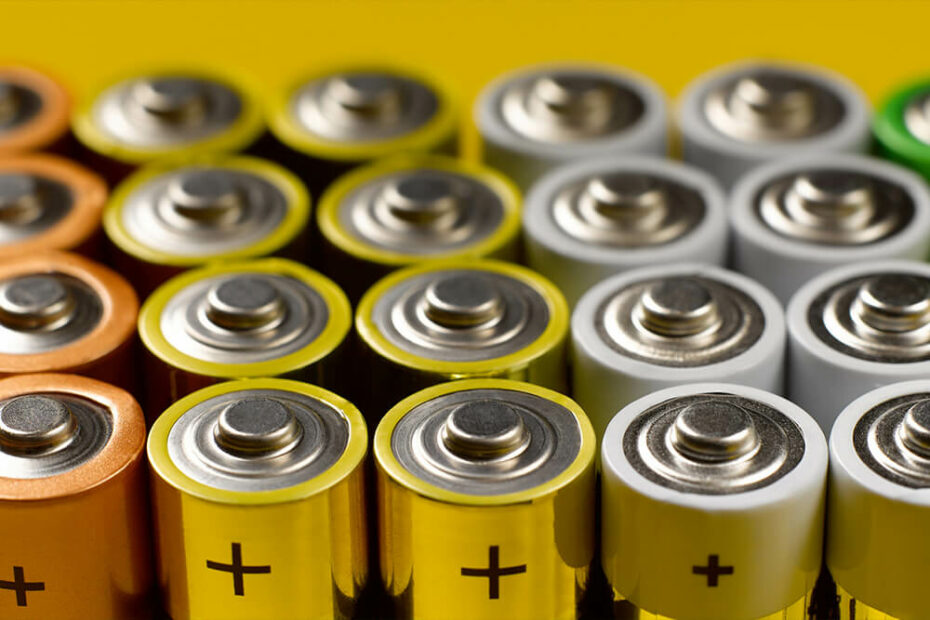18650 lithium batteries are more and more popular inside several applications as electrical torches, electronic cigarettes, alarms, etc. and so often it may happen to ask if our battery is still as performant as once, or if it has started decaying.
How can we understand the status of our 18650 lithium battery?
- Check on the battery case its capacity. Normally it swifts from 1800 and 3500 mAh while the nominal voltage is 3,6V
- Find the polarities on the 18650 lithium battery terminals. The red pole is round and in relief, while the negative is the flat plate on the base.
- Measure the output tension with the multimeter. Set the tester in the voltmeter mode with 10 to 20V scale. Connect the red rod with the positive pole and the black rod with the negative pole and check the multimeter reading. If your battery shows a voltage > 4V you can consider your battery charge > 80%. If the voltage is 3,6V the charge is >40-50%. Under 3,3V your battery is totally discharged.
How can we measure the left capacity of the 18650 lithium battery?
The battery capacity is expressed in Amperora (Ah) and shows how much current can a battery supply over the time. Example: if a 3,5 Ah battery is discharging with a constant current of 0,5 A, the battery will totally discharge in 7 hours.
To understand the battery capacity, we have to imagine a buried tank we do not know the volume. The cells are an energetic tank, in fact they accumulate inside them a certain quantity of charge to deliver when requested.
How could we calculate a tank capacity? We can completely fill the tank and then getting it empty measuring the quantity of liquid we extract. In this way we will know its volume.
To evaluate the capacity of our 18650 lithium rechargeable battery we have to totally charge it for later discharging at constant current, measuring the discharging duration. It is advisable to discharge the cell with a current varying from C/5 (one fifth of its nominal capacity) and C/10 (one tenth of the nominal capacity).
If our cell is still in good conditions, the measured capacity should be similar or slightly lower than the nominal one. While getting older, the cell capacity will diminish. As if our tank would fill in with stones, diminishing in this way its useful volume for liquids.
